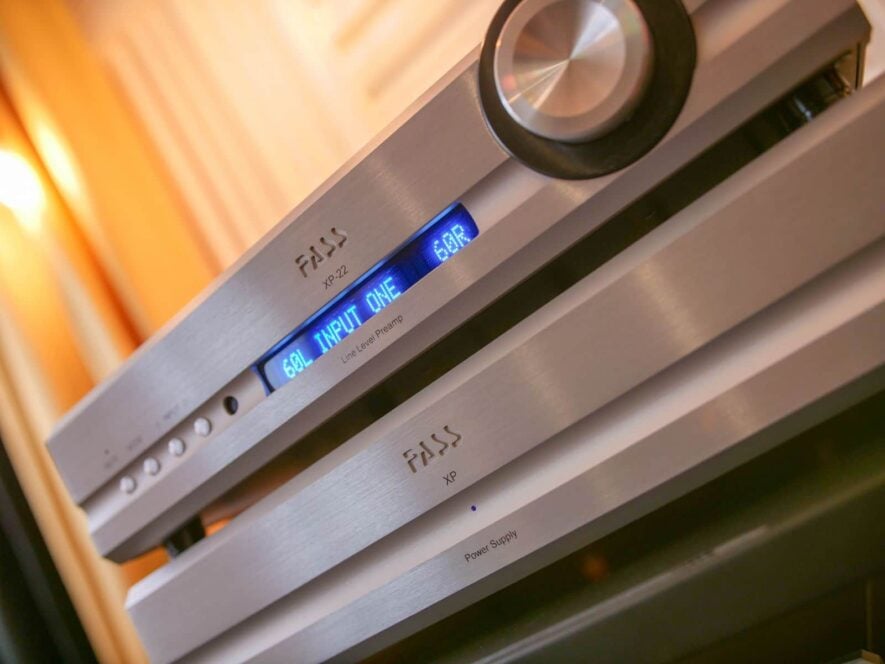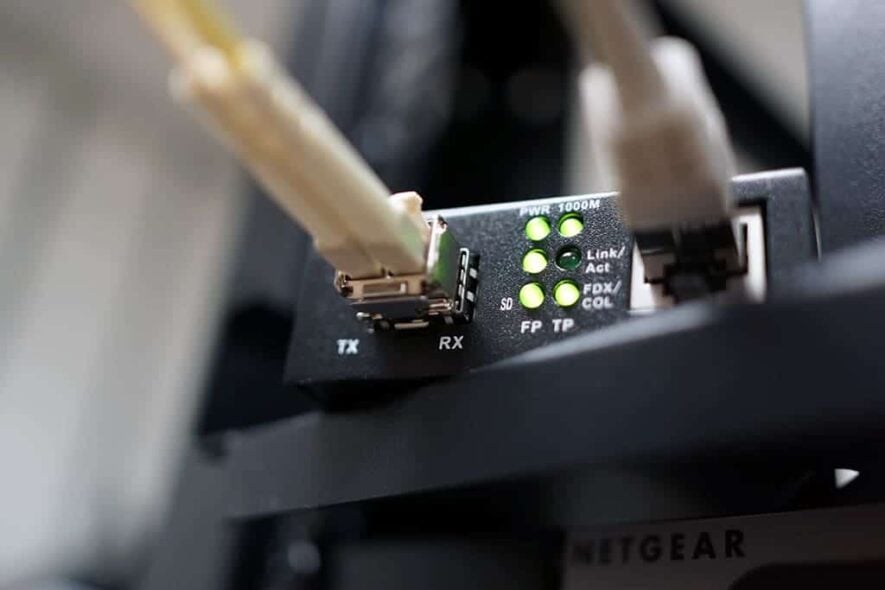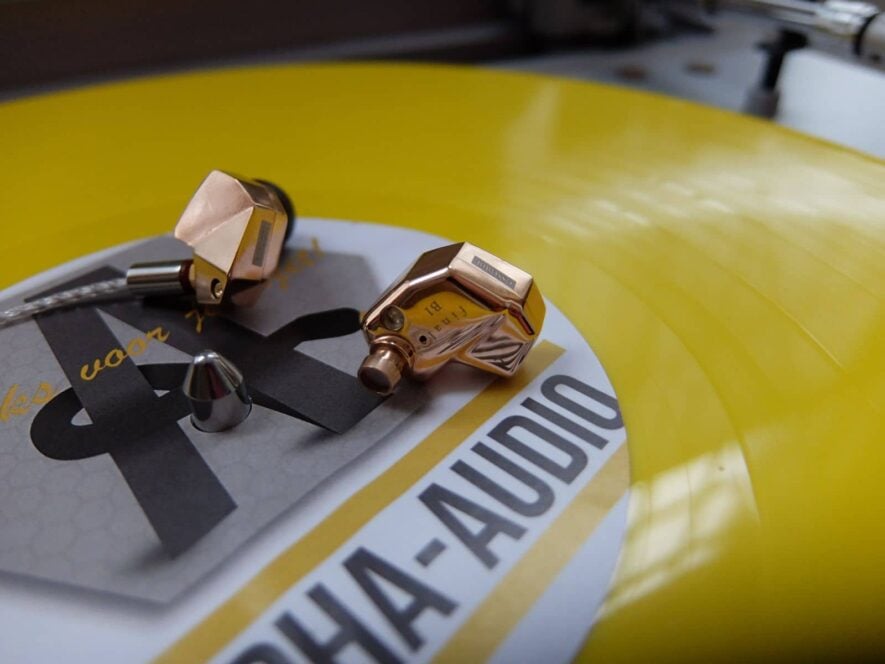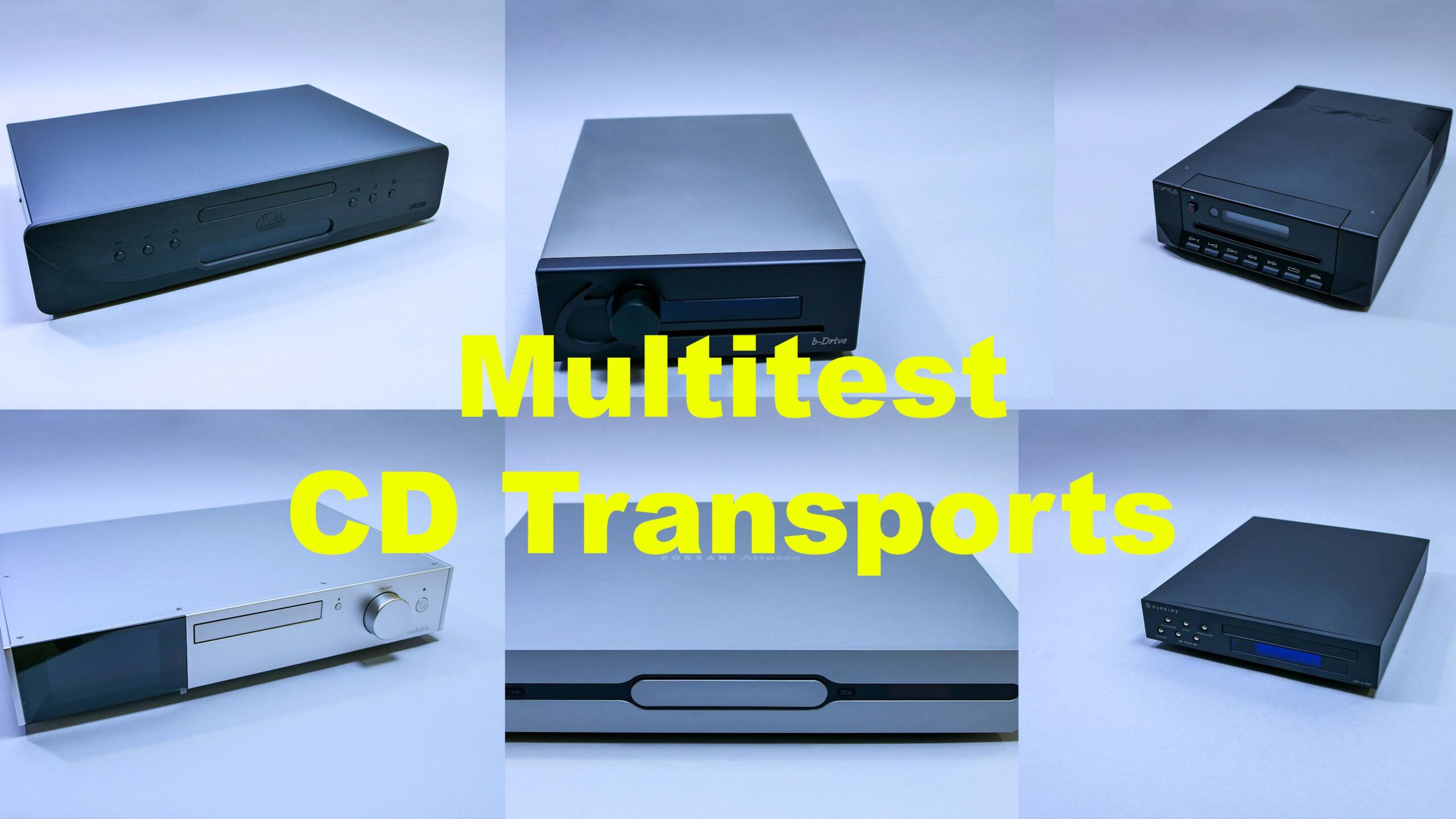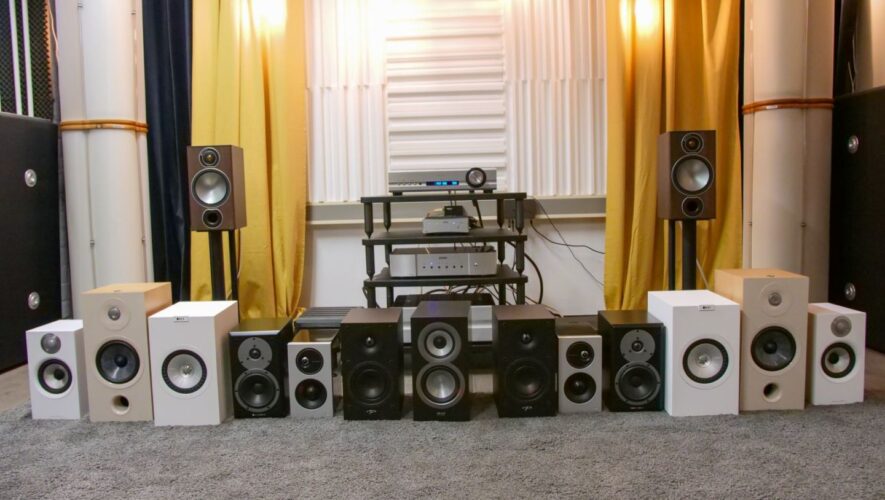

Intro
Contents
Bookshelfs – or monitors – do not have a real low end. And cheap speakers don’t sound good by definition. Isn’t that right? Well, uh… …in the old days, maybe. But is that still true? We would like to know what the state of affairs is in the entry segment. Say up to about 600 euros a set. In short: time for a mass test. We have written to all relevant brands. But eventually we get eight beautifull sets. Let the games begin!
Your editor is a big fan of monitor speakers. Or bookshelves, as they’re also called. By the way, don’t ever put a bookshelf in a cupboard… or on a shelf on the wall; it doesn’t work… Just make sure you have a solid stand.
But back again: a fan of bookshelves. There’s a reason. A good – often 2-way – monitor-speaker, has a simple set-up and a small box, reducing resonances and limiting errors. Large floorstanders are often many times more complex and hard to get right. The cabinet is larger and therefore needs more bracing to remain resonance free. Often there are also more units incorporated in a floor stand. In short: more complex crossovers… And so on and so forth.
The philosophy at Alpha Audio is for the above reason that in many cases you can better buy a bookshelf than a floorstander. Now there are exceptions and from a certain price range it doesn’t work anymore. But in many cases it goes up to about 4000 euros per set. Compare it when you have the chance.
Eight pieces
In our opinion, we have written to all relevant brands for this mass test. In the end, we managed to get eight of them in. Unfortunately DALI and Q Acoustics could not deliver a set on time. Better next luck time. The ones we could test:
- Focal Chora 806
- Bowers & Wilkins 607 S2
- Definitive Technolgy Demand D7
- Paradigm Monitor SE
- KEF Q350
- Dynaudio Emit M10
- Monitor Audio Bronze 2
- Elac BS-U5
The test set-up
We’re testing these entry level speakers on a Hegel Röst all-in-one amplifier. You might think: overkill… that thing costs 2,500 euros… madness. Yeah, in a way, it’s overkill. But we want to get the most out of the speakers for this test; they have to play the best they can. And if that’s the goal, the amp shouldn’t be the weak link. And it’s not now.
As cabling we have QED XT25 speaker cable and an Audioquest Diamond coaxial interlink between the Hegel Röst and the Metrum Acoustics Ambre streamer. We can stream with the built-in streamer, but honestly we just want to use ROON. And that doesn’t work well with the Röst. So hence this step in convenience.
Test music
We grabbed a couple of test tracks to keep the test doable:
- Steven Wilson – Pariah (live version)
- Steven Wilson – Luminol
- Massive Attack – Angel and Paradise Circus
- Patricia Barber – Regular Pleasures
- Anette Askvik – Liberty
- Marcus Miller – Detroit
- Paul Simon – Graceland
- Nils Lofgren – Keith don’t go (yeah… request)
- And some more random numbers
About the measurements
There are two things to take into account when reading the measurements. We measure at three points: straight, 1 meter, time-window at 3ms. This is the purest measurement and only gives results from the speaker.
We then open the measuring window a bit more: 12ms (sometimes 15ms). Then we measure a bit more low-end, but that also gives more reflections. Including a dip at 200 Hz. This is due to the distance from the speaker to the floor. We can’t help that.
We also measure – as mentioned before – off-axis at 1 meter and on-axis at 2m60: at the ‘listening spot’. This is to see what the energy loss in the high. At 2m60 we have to open the measuring window a bit further: 9ms or further. This gives more information, but also more reflections that we measure; especially in the lowlands. Keep that in mind.
Time for the first candidate!

